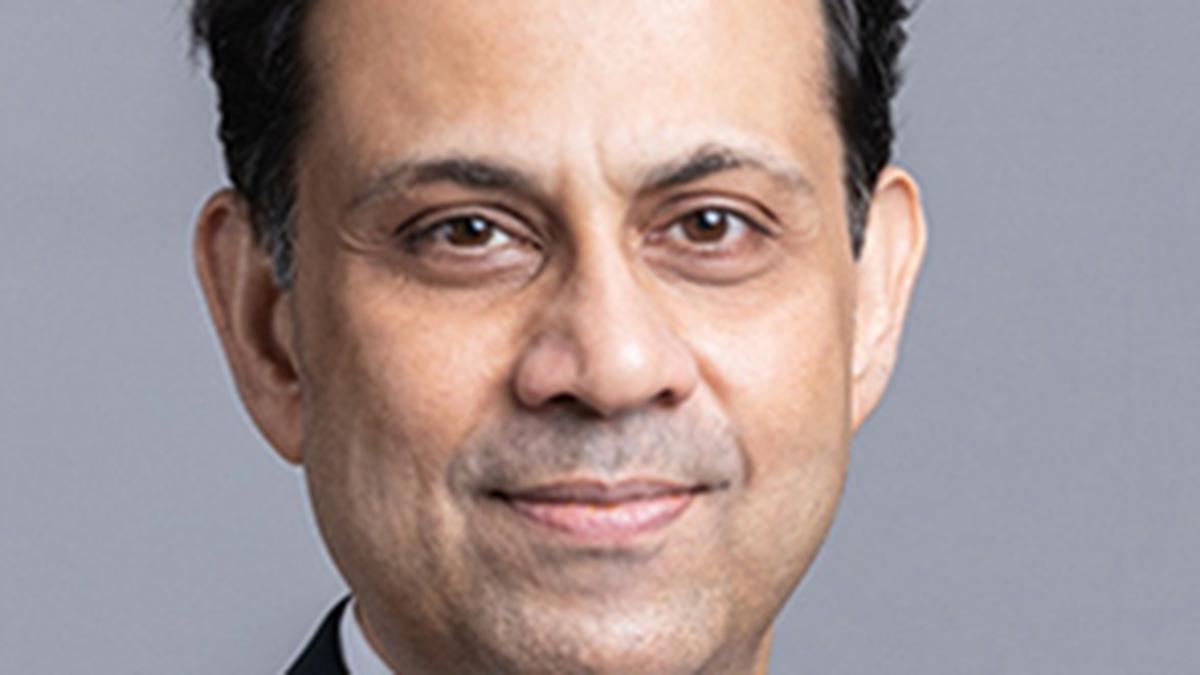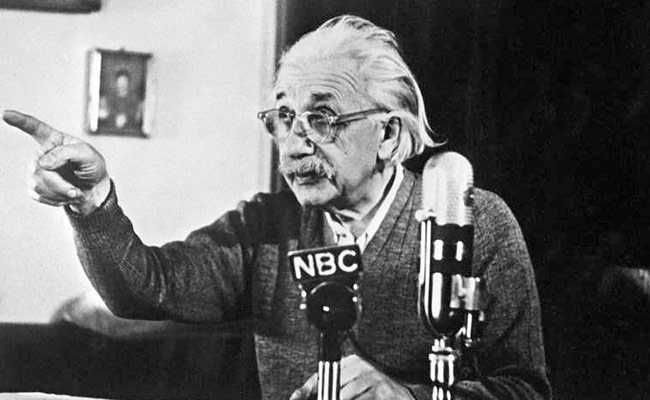Officials prepare to recover the landing module of the Chang’e-6 moon probe after it landed in Inner Mongolia, in northern China on June 25, 2024.
| Photo Credit: AFP
On June 25, Chinese personnel picked up a 300-kg cannister from the Inner Mongolian Autonomous Region; it contained two fistfuls of soil and rocks. The event made international headlines because the cannister had started its journey on the moon’s far side — the side permanently facing away from the earth — and the soil and rocks it carried came from there, a place in the Solar System only Chinese robots have visited thus far.
The mission, called Chang’e 6 (named after a mythological moon goddess), was part of the Chinese lunar exploration programme and the country’s most important yet. A sample-return mission is more complicated than other types of robotic missions to the moon — including orbiters, landers, and rovers — because of the number of moving parts and stronger time constraints.

For Chang’e 6, the China National Space Administration (CNSA) sent a lander to the moon’s surface, like India did with the Vikram lander of Chandrayaan 3. There, a drill and scooper extracted some material samples from and just below the moon’s surface and deposited them in the cannister. The cannister was then placed in an ascender module that lifted off from the lander to orbit, where it rendezvoused with the orbiter. The cannister was here moved to a returner spacecraft. This spacecraft flew to within 5,000 km of the earth and ejected the cannister. The cannister finally made its way to the ground after a bounced atmospheric re-entry manoeuvre.
The lander landed on the moon’s far side, which doesn’t have line of sight from the earth, so no signal from the earth’s surface could reach it. The CNSA instead had ground stations communicate with the lander by sending signals to a satellite it had already installed in orbit around the moon. When this satellite came in view of the lander, it relayed the signals to the lander, collected the replies, and later beamed them to the earth. The mission lasted 53 days.
Once the capsule landed, officials flew it to the Chinese Academy of Space Technology in Beijing. There, experts of the Chinese Academy of Sciences would have taken the samples out and placed them in storage, in preparation for research and analysis. The world’s first mission to the moon’s far side was Chang’e 4, which in 2019 delivered a lander and a rover there. In Chang’e 5, the CNSA executed a sample-return mission from the near side, and followed it up with Chang’e 6.
Also read | China launches lunar probe mission to collect samples for first time from far side of moon
Two leaders
Various countries of the world have made ‘returning’ to the moon a priority of their respective national space programmes. Two vague leaders have emerged in this race: one led by the U.S. and the other by China. The U.S. is currently focusing on sending payloads built by private companies to the moon and on a major programme to regularly land humans on the moon from the early 2030s.
If the moon is to have room for everyone, we need to understand both its sides. The far side is little like the near side. It is more covered by rocky terrain, has had less volcanism and, not being shielded by the earth like the near side, receives more solar radiation on its surface. The far side is scientifically important for two reasons. One, it’s an important part of the spatial and temporal map of the Solar System scientists are piecing together to reveal its evolution and guide future exploration. Two, Yung Kai-leung, a Hong Kong Polytechnic University professor and member of a team that contributed to the moonstuff collection system, told the Chinese national broadcaster the far side suffers more meteor strikes, and which future moon bases must be protected against. The Chang’e 6 lander also descended in the Apollo Basin, an ancient crater where materials from the moon’s deep crust or mantle could have been pushed out.
Researchers will now study the 1.93 kg of moonstuff in the hopes of learning something about the moon and the early solar system. The CNSA has said China’s researchers will have first crack at the returned samples, followed by researchers from abroad who applied for access. We don’t yet know if any Indian groups did. The results of these studies will be more valuable than gold.














